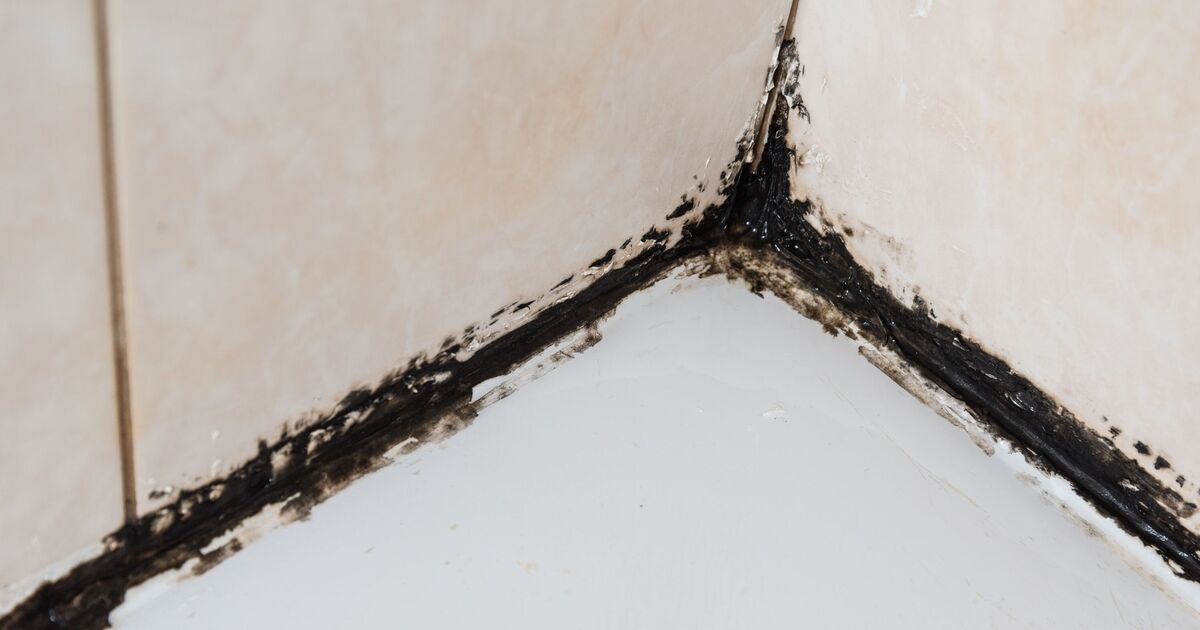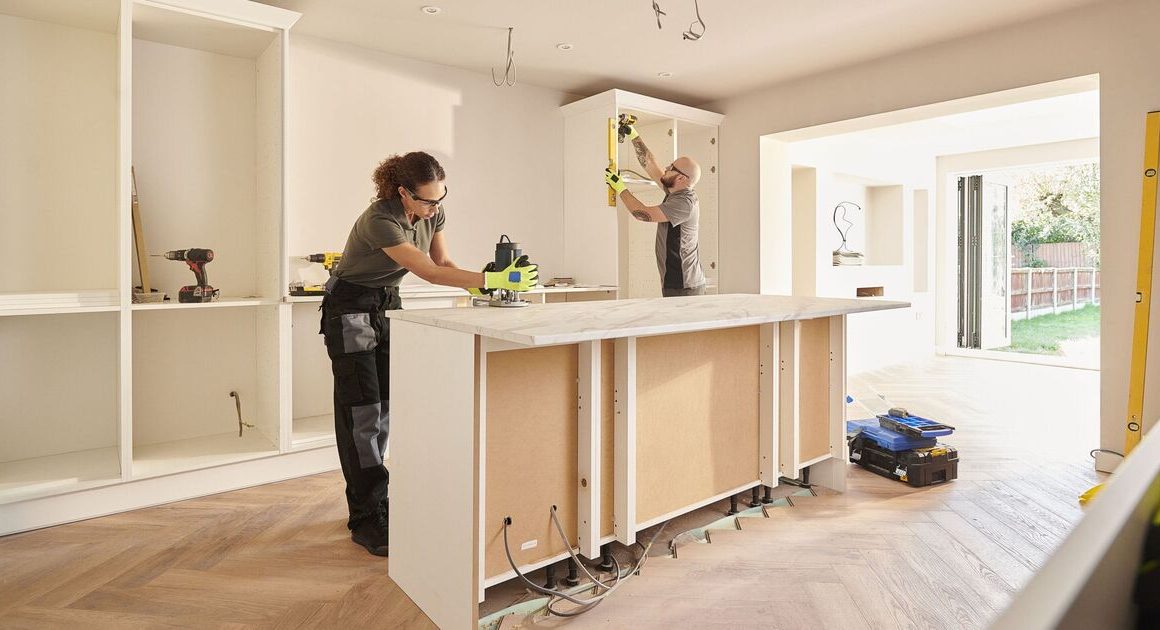Mould is a common occurrence in most homes and is especially a nuisance on bathroom silicone sealants.
Silicone sealant is mostly found where sinks, bathtubs and shower trays meet a tiled wall, to prevent water from seeping behind them.
If you leave the mould to develop too much, eventually you will have to replace the sealant, which can be a time-consuming project.
Unsure of how to remove the mould on the silicone sealant around her bath, Siobhan Drummond took to the Cleaning Tips, Tricks and Hacks Facebook page for some advice.
While some group members suggested using bleach, the majority advised against it. Laurie Albanese wrote: “Bleach is the worst thing for mould. It masks it but releases more spores.”
Gabrielle Thomas said: “You never use bleach for mould! It only makes it spread faster.”
Even silicone sealant experts at UniBond recommend using bleach and even white vinegar.
They said: “You might see vinegar or bleach recommended as cleaning solutions for silicone sealant elsewhere. However, although these products may work to some degree, they do not kill the spores and have the potential to damage the sealant bead.”
Instead, cleaning fans recommended one particular professional product – HG Mould Spray.
Laura Jade wrote: “Bleach won’t work, well it didn’t on mine. I used HG mould remover it’s amazing!”
Posting a picture of the bottle, Bernie Fields claimed: “I use this stuff when I clean clients’ houses and my own. It works like magic.
“I spray the edges first, then put cotton wool or colleen pads on top then spray again. The longer you leave it the better it works.”










